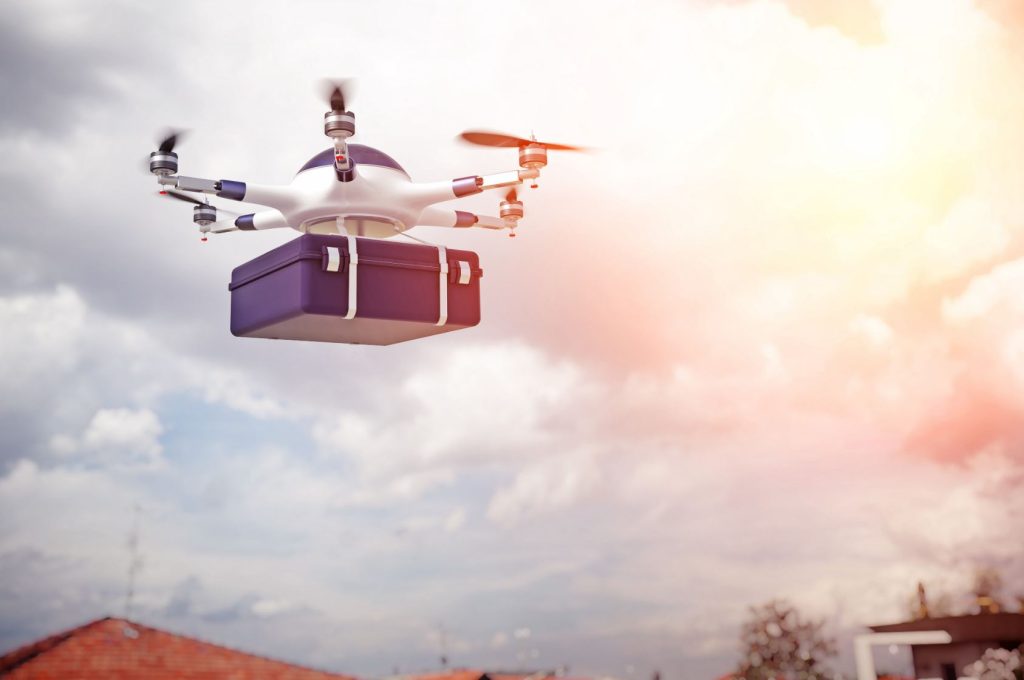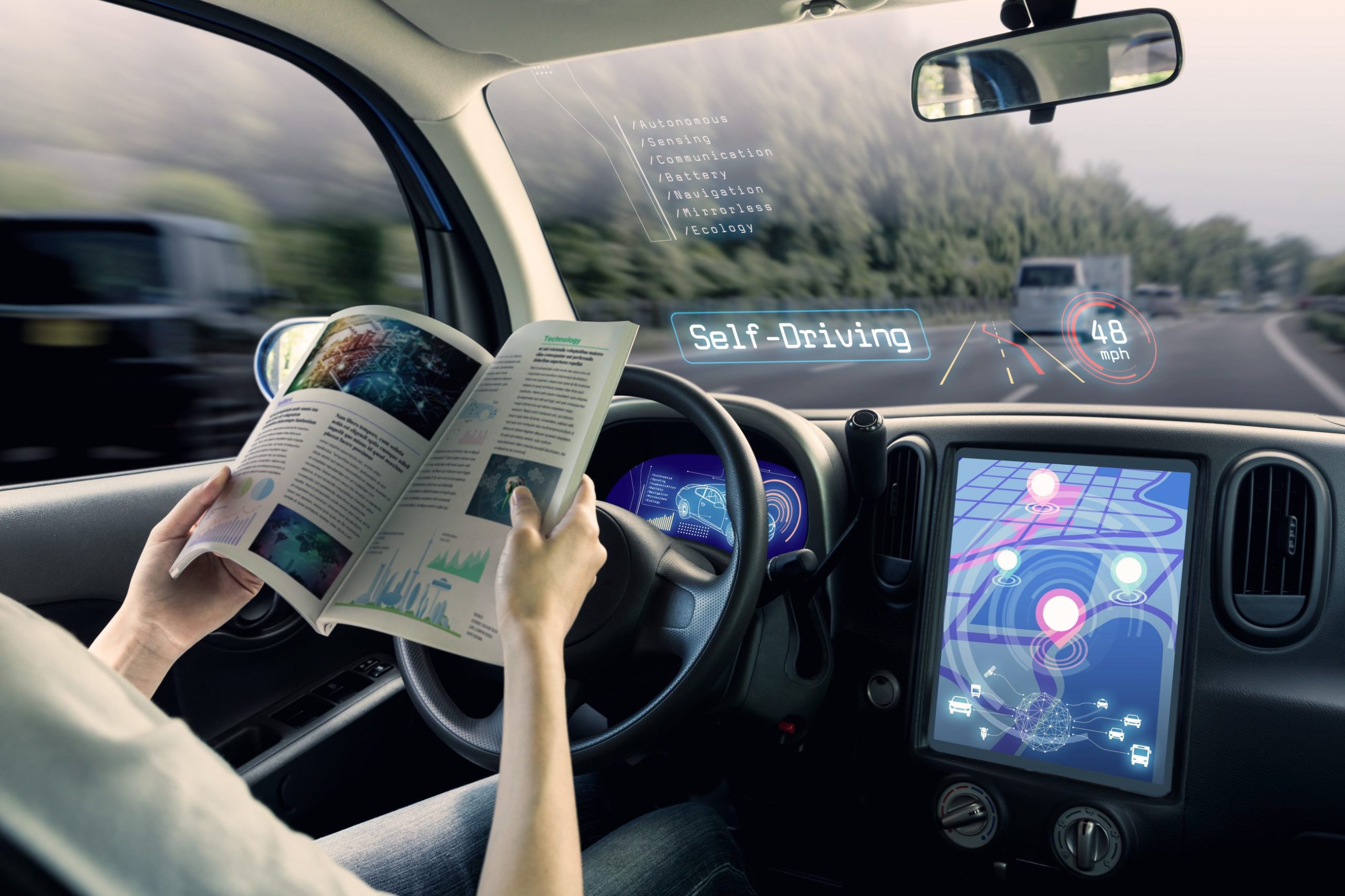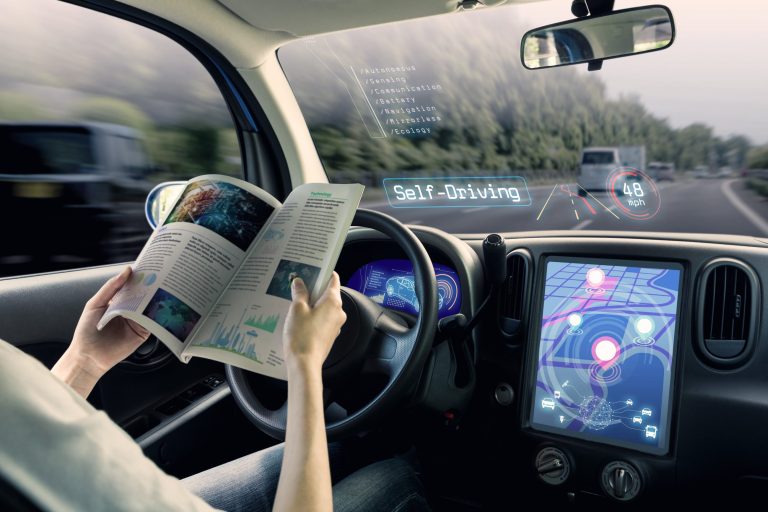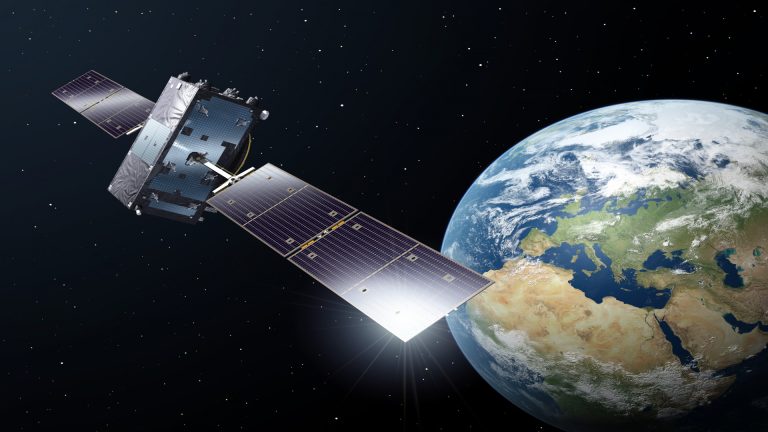In an age where technology is advancing astonishingly, we often hear about self-driving cars revolutionizing how we travel. But have you ever stopped to think about the sky above and its potential? Autonomous drones are not just a thing of science fiction; they are becoming a reality, and they’re not just for delivering packages or capturing breathtaking aerial shots. In this article, we’ll explore how autonomous drones transform various industries and the future for these flying marvels.
Introduction to Autonomous Drones
Imagine a world where machines take flight, performing tasks with precision and speed, all without human intervention. Autonomous drones are the embodiment of this futuristic vision. These remarkable machines are not just remote-controlled toys; they are equipped with advanced sensors, artificial intelligence, and the ability to navigate autonomously. But where did this technology come from, and how is it changing how we live and work?
The Rise of Autonomous Drone Technology
The roots of autonomous drone technology can be traced back to military applications, where drones were initially used for reconnaissance and surveillance. However, their potential quickly became evident, and they entered civilian life. Today, autonomous drones are used in a wide range of industries, making tasks more efficient, cost-effective, and safer.
Drones in Agriculture: Cultivating Efficiency
In the agricultural sector, drones have become indispensable tools. Farmers now use drones to monitor crop health, assess irrigation needs, and even plant seeds. This technology enables precision agriculture, reducing the use of resources and maximizing yields, ultimately contributing to sustainable farming practices.
Autonomous Drones in Construction: Building the Future
Construction sites are often sprawling and complex. Autonomous drones help construction companies with site surveying, progress monitoring, and safety inspections. They can quickly capture aerial images and provide valuable data to project managers, enhancing construction efficiency and safety.
Search and Rescue: Saving Lives from Above
During emergencies, every second counts. Autonomous drones equipped with thermal cameras and search algorithms can cover large areas swiftly, aiding search and rescue missions. These drones are heroes from the sky, helping locate missing persons and providing critical information to first responders.
Drones in Environmental Conservation
Protecting our planet is a global priority. Autonomous drones play a crucial role in environmental conservation efforts. They are used to monitor wildlife populations, track deforestation, and assess the health of ecosystems. With their ability to access remote and challenging terrain, drones are helping us better understand and protect our natural world.
Logistics and Delivery: The Skyway to Efficiency
You might picture a package dropping from the sky when you think of drone deliveries. While that image is close from reality, the logistics industry uses autonomous drones for last-mile deliveries. They can reach remote areas and congested urban centers faster, reducing delivery times and costs.
The Legal Landscape of Autonomous Drones
With great innovation comes the need for regulation. Autonomous drones raise legal questions regarding privacy, safety, and airspace management. Governments and aviation authorities are working to establish guidelines and regulations to ensure this technology’s responsible and safe use.

Challenges and Concerns
As with any technological advancement, there are challenges and concerns to address. These include issues related to data security, potential misuse of drones, and the risk of accidents. It’s essential to balance embracing the benefits of autonomous drones and mitigating their associated risks.
The Future of Autonomous Drones
What lies ahead for autonomous drones? The possibilities are limitless. As technology advances, we can expect even more sophisticated drones that can perform increasingly complex tasks. From urban air mobility to monitoring infrastructure, autonomous drones are set to reshape our world in ways we can only begin to imagine.
Conclusion
In the not-so-distant past, autonomous drones seemed like science fiction. Today, they are integral to various industries, enhancing productivity, safety, and efficiency. As we navigate the ever-changing landscape of technology, it’s essential to embrace the potential of autonomous drones while addressing the challenges they present.
Frequently Asked Questions
- What is the difference between autonomous and remote-controlled drones?
Thanks to advanced sensors and artificial intelligence, autonomous drones can operate without human intervention. Remote-controlled drones, on the other hand, require constant human input for navigation and operation.
- Are autonomous drones safe to use in populated areas?
Safety is a top priority in the development of autonomous drone technology. They are designed with fail-safes and collision avoidance systems to minimize risks. However, regulations and guidelines must be followed to ensure safe operation, especially in populated areas.
- How are autonomous drones powered?
Rechargeable lithium-polymer batteries power most autonomous drones. These batteries provide the energy the drone needs to fly and operate its onboard systems.
- Can autonomous drones be hacked?
Like any technology, autonomous drones are susceptible to hacking if not properly secured. Manufacturers and operators must take cybersecurity seriously to prevent unauthorized access and potential misuse.
- What role will autonomous drones play in the future of transportation?
Autonomous drones are poised to play a significant role in urban air mobility and transportation. They could be used for everything from air taxis to medical supply deliveries, revolutionizing how we move within cities and beyond.
In conclusion, autonomous drones are not just fascinating gadgets; they transform industries and offer solutions to some of our most pressing challenges. Embracing this technology while addressing its legal and ethical aspects will shape a future where the sky is no longer the limit.












+ There are no comments
Add yours